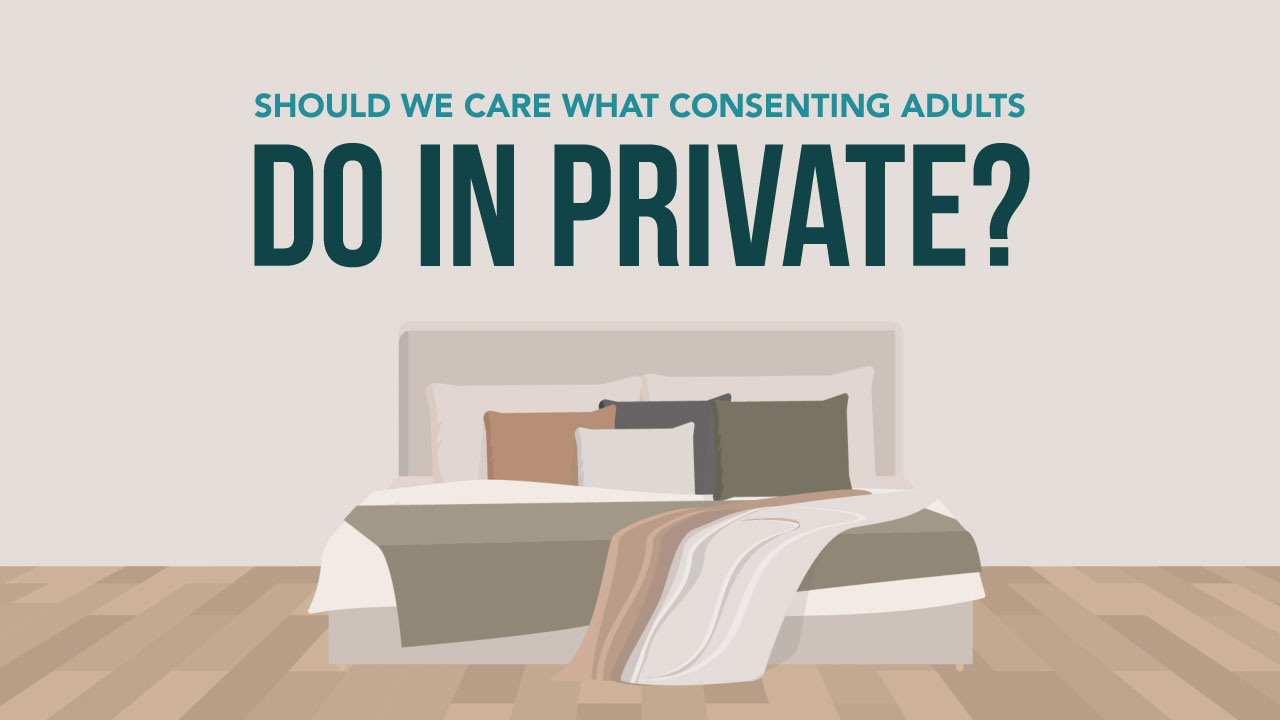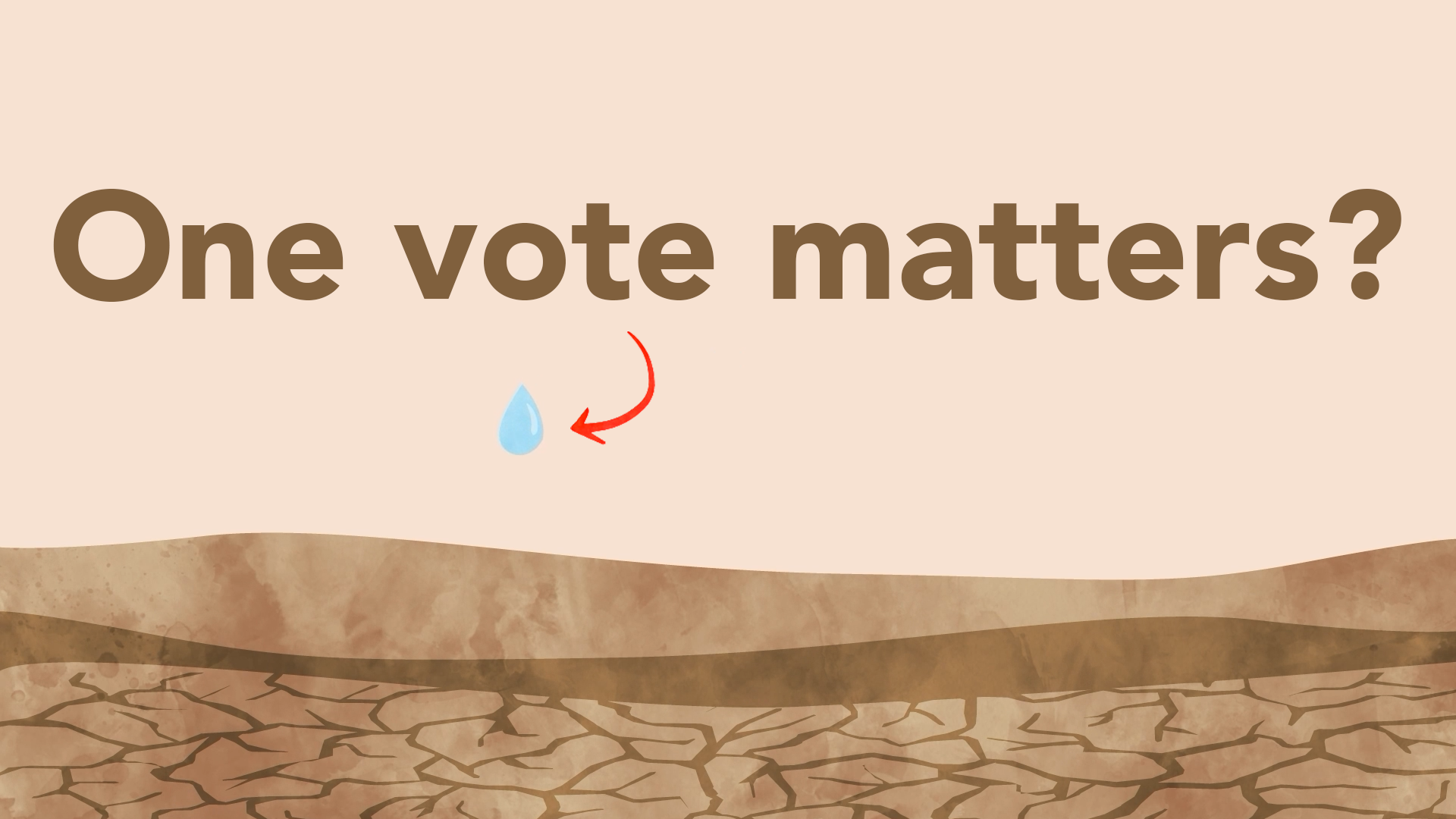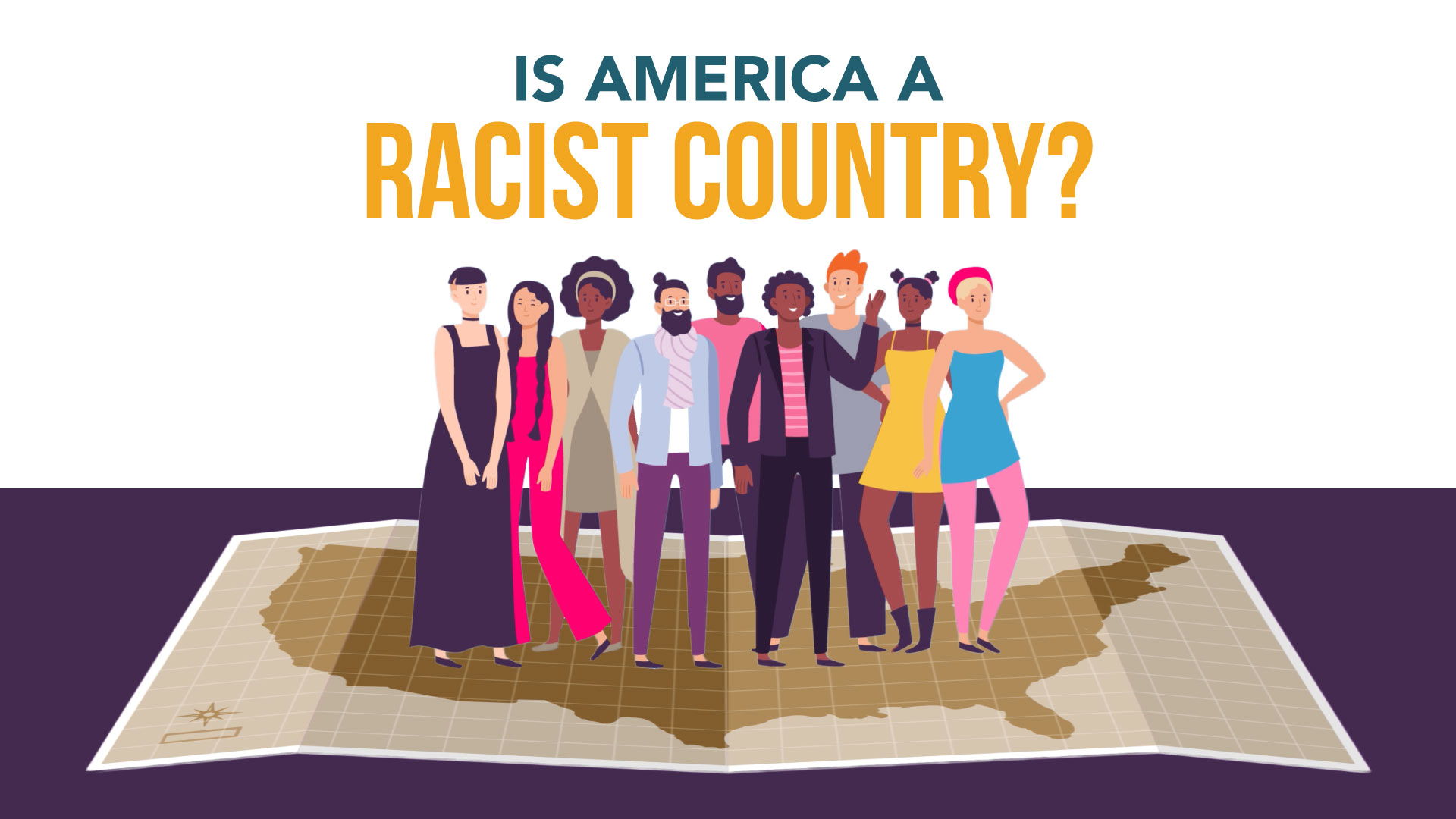You’re in a conversation and someone says, “Just because some people don’t like pornography doesn’t mean that it should be illegal for everyone.”
What would you say?
Pornography is almost as old as humanity, but since the internet, porn is a public health crisis, especially for children. It is necessary for laws to be passed and other steps to be taken to protect innocent children and others from this public scourge.
Should Porn Be Banned?
You’re in a conversation and someone says, “Just because some people don’t like pornography doesn’t mean that it should be illegal for everyone.” What would you say?
Pornography is almost as old as humanity, but since the internet, porn is a public health crisis, especially for children. It is necessary for laws to be passed and other steps to be taken to protect innocent children and others from this public scourge.
The next time someone says, “Just because some people don’t like pornography doesn’t mean that it should be illegal for everyone,” remember these three things:
First, pornography today is full of abusive and illegal content.
The idea that porn is harmless and just a matter of preference for those who make and consume it could not be further from reality. As many mainstream, secular media outlets have documented in recent years, the world’s most popular pornography websites are filled with abuse and violence, including the exploitation of children. Millions of videos, viewed hundreds of millions of times, feature images of actual crimes being committed or content showing people who did not or could not give their consent.
This includes so-called “revenge porn,” in which private images are shared without consent. Some of the most-searched keywords on major porn websites involve violence and the simulated abuse of children and teenagers. And it’s nearly impossible to tell the difference between content that is illegal and content that passes as legal, especially when it comes to so-called “sharing platforms,” where users upload their own videos instead of a web host publishing content. The result is that pornography on the internet is a wild, wild west of unverifiable material, much of which depicts actual crimes, often against underage victims who had no choice in the matter.
Exploitation, abuse, and public humiliation are now features of the pornography industry, not bugs.
Second, the pornography industry preys on children by exposing them to things they can’t legally consent to seeing.
Pornography websites need customers, and they work hard to get those viewers. One way is to market material to users without truly verifying their age. In practice, many children encounter pornography, not because they are looking for it, but because it is looking for them. Porn companies seek out children and expose them to inappropriate and often extreme and violent content as a way of acquiring customers.
Of course, if this happened on a street corner, the offender would immediately be arrested. But, according to current laws, porn companies and internet providers are allowed to expose children to this material without consequences. Often, the only barrier between a child and incredibly harmful content is a simple click that says, “I am over 18.”
This is not allowed with any other so-called “adult” industry. Liquor stores, casinos, smoke shops, and strip clubs are required by law to verify their customers’ age. Any store that sold liquor to an 11-year-old would immediately lose their license. But that is the average age of first exposure to internet pornography. Instead of working harder to protect minors, major porn websites consistently resist all efforts to pass age-verification laws. In other words, when companies push pornography on children, it is not by accident. It’s part of the business plan.
Third, pornography is a threat to public health.
The reason that support groups, recovery centers, and psychological treatment programs exist to help people break free from addiction to pornography is because, like other addictions, this one destroys lives, marriages, and careers, and promotes dangerous sexual behaviors that make forming relationships scary, especially for women. Increasingly, young men find that pornography use makes real-life intimacy difficult or impossible for them.
The government has a rational interest in promoting the common good and public health. This is why we have laws that require labeling food, and environmental regulations, and automobile safety standards, and why addictive substances are controlled.
It’s also why we still have laws governing certain sexual behaviors such as incest, bestiality, and public nudity. Healthy societies recognize certain practices and industries that are harmful to individuals and society, and regulate them. Internet pornography has long inflicted serious harm, and it is more than reasonable to pass laws to control it.
We are not more free without these laws. We are less free. Where porn runs rampant, people are enslaved. It is a predatory industry, that breeds sexual violence and victimization of the most vulnerable. The wellbeing and health of the public requires we crack down on porn.
So, the next time someone says, “Just because some people don’t like pornography doesn’t mean that it should be illegal for everyone,” remember these three things:
1. Pornography today is full of abusive and illegal content.
2. The pornography industry preys on children by exposing them to things they can’t legally consent to seeing.
3. Pornography is a threat to public health.
 Read More
Read More



 Colson Center
Colson Center

